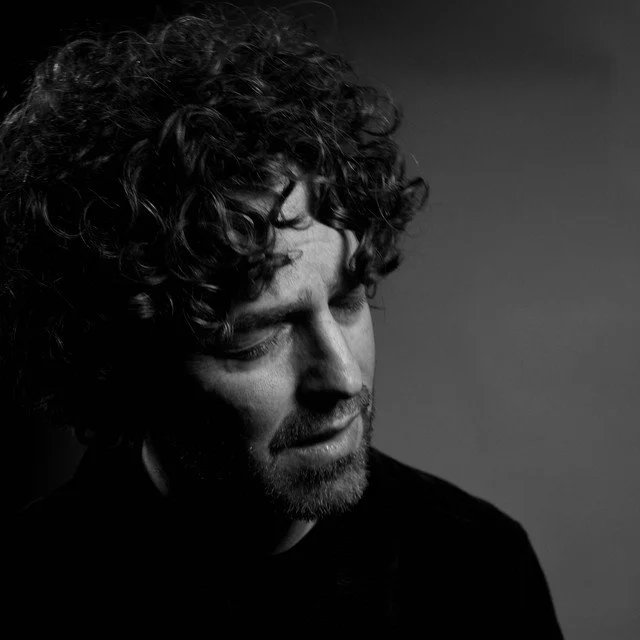ISLANDERS - THE MAKING OF THE MEDITERRANEAN AT THE FITZWILLIAM MUSEUM
Imagine a journey to the Mediterranean thousands of years ago. Step inside the Fitzwilliam’s latest exhibition and hear the waves lap on its shores. Around you is a superb panorama of glorious seascapes; they stretch out towards a mysterious hazy horizon on all sides. Sail around Cyprus Crete and Sardinia. These are the islands of the deep past inhabited by peoples who have left behind brilliant - sometimes astonishing - traces of their lives.
Baby crawling
Curator Anastasia Christophilopoulou is deeply knowledgable on island life. Each had its own identity. “ In Sardinia at the height of the Nuragic culture, communities share a common sense of identity based on the island wide architecture practices and life ways.” That applied to every one. All islands are different. She reflects on the phenomenon of these little-known societies who travelled out of the east before the conquests of Alexander, their initiative and their adventurous spirit “They were immigrants, they came to a largely empty Europe, at the time, and brought their skills and beliefs and art with them. “The process is ongoing ‘large areas of North London are inhabited by people from Cyprus today, with their own food and culture. It goes on., Without them we would not be who we are.”
There is a warm inclusive intimate feel to this exhibition. The art on display might be swirling in the mists of history, in a time before literacy and written communication but their spirit is here within the walls of the Museum and in an almost homely way.One curved grey rock is carved with an elegant dolphin, a symbol throughout antiquity of its friendship and loving connection with humankind. Yes, there are daggers and the odd helmet but most of the exhibits are wonderfully familiar. Drinking vessels sit alongside the food scientists have revealed they liked; almonds, chick peas, olives, and of course wine. It all seems so close to our own lives. And it must be the first time I have ever seen a sculpture of a crawling baby from antiquity – or anywhere else for that matter – so surprising and familiar. The objects of devotion – or were they symbols of fertility, or both -are images of women especially the goddess Astarte a near -naked figure with a pronounced pubic area, surely a woman’s talisman rather than an object for what is now known as the male gaze. That said, the numinous sculpture of Aphrodite , not in the familiar Venus de Milo pose, but shown rising from the waves at the moment of her birth, an image more like the imagined Venus by Botticelli and set against a wonderful panoramic photographic realisation of the very place in Cyprus where she surfed ashore, incarnated from the macerated genitals of Uranus scattered on the ocean by Zeus.
Islanders Goddess
Marvel at the wonderful artefacts on display here. The exhibition is scholarly, intricate and brilliantly researched. But it is equally a fabulous foray into a lost world of beauty and into a way of life, remote and unknowable in many ways, but brought by this brilliant team of expert archaeologists - into vital life.
Islanders drinking vessel - always popular, work this one out.
Team of terracotta horses in Islanders
The most beautiful of all the exhibits, Aphrodite arrives in stone waves
Wonderful Cavafy poem evokes the life of these ancient people, so far but so near to us
Translated from the Greek













